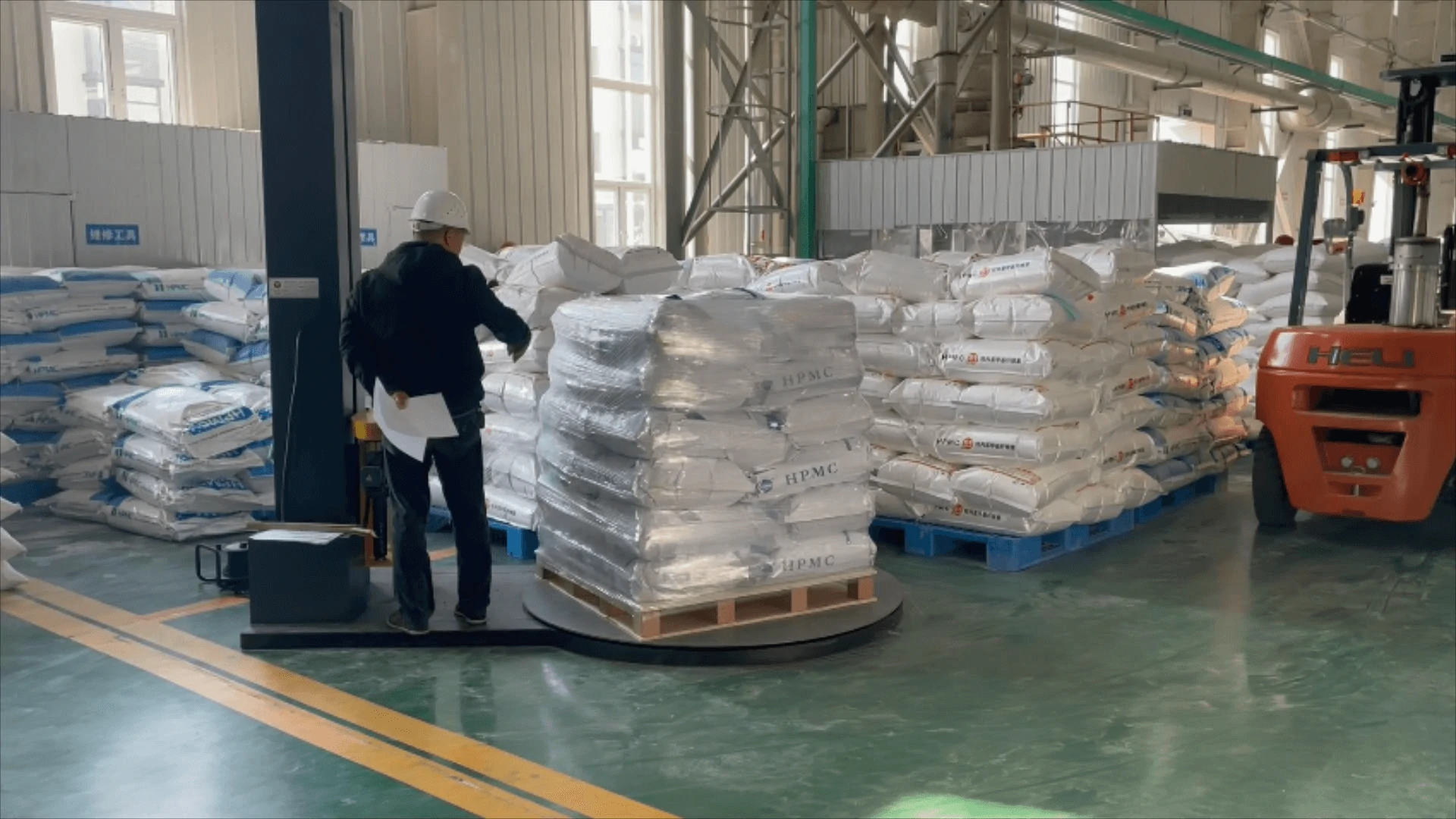
Aug . 07, 2024 17:15 Back to list
Effective Techniques for Dissolving HPMC in Water for Optimal Use in Formulations
How to Dissolve HPMC in Water
Hydroxypropyl methylcellulose (HPMC) is a versatile, non-ionic polymer derived from cellulose, widely used in various industries, including pharmaceuticals, food, construction, and cosmetics. Its water-soluble properties make it an essential ingredient for creating gels, thickening solutions, and controlling the release of active ingredients. Understanding how to properly dissolve HPMC in water is crucial for maximizing its effectiveness and ensuring a consistent final product. This article outlines the steps and considerations for dissolving HPMC efficiently.
Selecting the Right Grade of HPMC
Before beginning the dissolution process, it is essential to choose the appropriate grade of HPMC depending on the application. Different grades vary in their viscosity, degree of substitution, and molecular weight. Generally, HPMC comes in various viscosity grades such as low, medium, and high, and these are often denoted by a number (e.g., HPMC 4000, HPMC 10000), indicating their solution viscosity in mPa·s (centipoise) when dissolved at a certain concentration. Choose a grade that suits your specific needs, as this will affect the final viscosity and performance of the solution.
Preparing the Water
The quality of water used for dissolving HPMC plays a significant role in achieving a clear solution. Deionized or distilled water is recommended, as it is free from impurities that could impact the dissolution process or the properties of the final solution. Additionally, using room temperature or slightly warm water (about 30-50°C) assists in accelerating the dissolution rate, but boiling water should be avoided as it can lead to clumping.
The Dissolution Process
1. Measure the HPMC and Water Determine the total amount of HPMC needed for your formulation. A typical concentration ranges from 0.5% to 5% by weight, depending on the desired viscosity. Measure the appropriate amount of water and HPMC accurately.
how to dissolve hpmc in water

2. Add HPMC to Water Slowly sprinkle the HPMC powder into the water while continuously stirring. It is important to add HPMC gradually rather than all at once, as this helps to prevent clumping and ensures more even dispersion. Using a mechanical stirrer or an overhead mixer can enhance the mixing process, though manual stirring is also sufficient for smaller batches.
3. Mix Thoroughly Continue stirring for an extended period, typically between 30 minutes to several hours, depending on the concentration and grade of HPMC used. This thorough mixing allows the granules to hydrate and swell, leading to complete dissolution. If you notice lumps forming, don’t hesitate to use a whisk or a blender to break them up.
4. Adjusting Viscosity After the initial mixing, let the solution stand for a while. During this time, the viscosity may increase as the HPMC fully hydrates. If you need a specific viscosity, you can adjust by adding more HPMC for thickening or additional water for thinning.
5. Final Adjustments Once the desired viscosity is achieved, check the solution for consistency. It should be smooth and free of lumps. If necessary, pass the solution through a sieve or filter to eliminate any undissolved particles.
Storage of HPMC Solution
Once you have dissolved HPMC in water, it is advisable to store the solution in an airtight container to prevent contamination and evaporation. Keep it at a stable temperature away from direct sunlight. Depending on the concentration and additives used, the shelf life may vary, so always refer to the manufacturer’s guidelines.
Conclusion
Dissolving HPMC in water is a straightforward but critical process that requires attention to detail. By selecting the appropriate grade, using the right water quality, and carefully following the mixing protocol, you can achieve an optimal solution that meets your specific needs. Whether you are formulating a pharmaceutical gel or a thickened food product, mastering the dissolution of HPMC will significantly impact the quality and performance of your final product.
-
Versatile Hpmc Uses in Different Industries
NewsJun.19,2025
-
Redispersible Powder's Role in Enhancing Durability of Construction Products
NewsJun.19,2025
-
Hydroxyethyl Cellulose Applications Driving Green Industrial Processes
NewsJun.19,2025
-
Exploring Different Redispersible Polymer Powder
NewsJun.19,2025
-
Choosing the Right Mortar Bonding Agent
NewsJun.19,2025
-
Applications and Significance of China Hpmc in Modern Industries
NewsJun.19,2025







